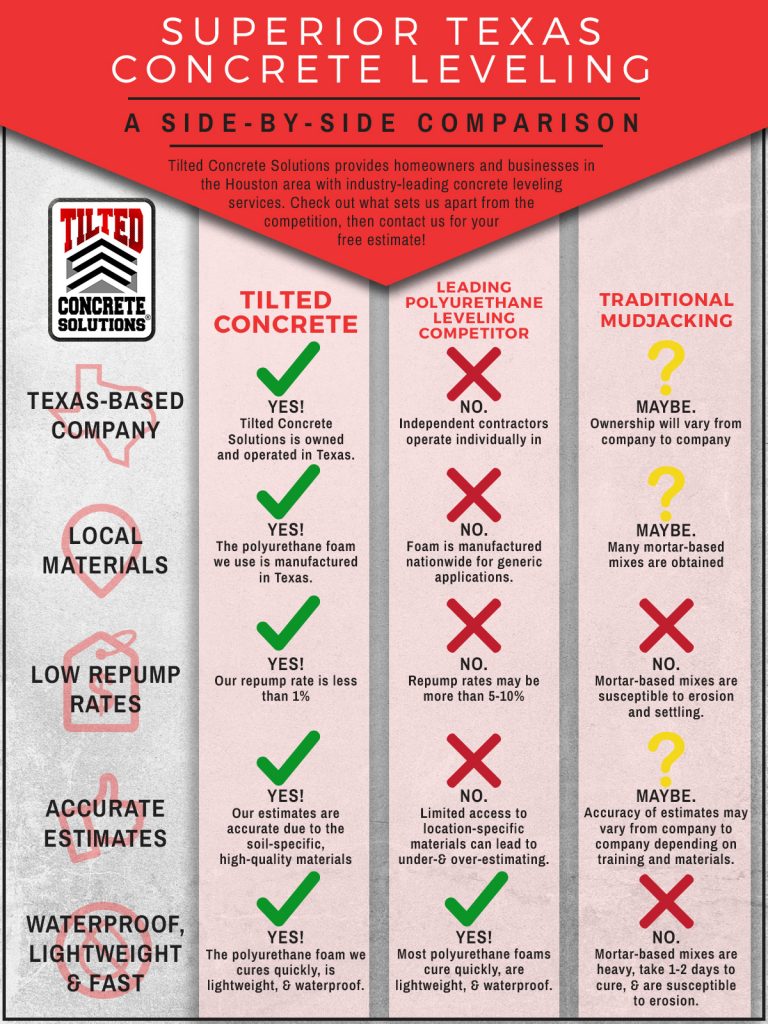A Comprehensive Overview To Attaining A Polished Look: Specialist Guidance On Interior Paint Techniques
A Comprehensive Overview To Attaining A Polished Look: Specialist Guidance On Interior Paint Techniques
Blog Article
Developed By-Levine Aguilar
When it pertains to achieving an expert finish with your interior painting project, attention to detail is key. From selecting the ideal paint and devices to executing the painting process carefully, each step plays a vital duty in the final end result. Nevertheless, there is one aspect often overlooked but vital for a flawless finish-- the value of proper ventilation throughout the painting procedure. This usually underestimated element can significantly affect the overall high quality of your paint work. Interested to recognize even more about just how ventilation can elevate your painting results?
Choosing the Right Paint and Equipment
Wondering which repaint and devices are best for your interior painting project? When it involves choosing the best paint, consider variables like the type of surface area you're repainting, the desired coating, and the color options offered. For wall surfaces, a latex paint is typically the very best option as a result of its resilience, easy cleanup, and quick drying out time. If you're repainting a high-traffic location like a corridor or kitchen area, a semi-gloss or satin coating may be more suitable as they're less complicated to clean up.
When it comes to devices, investing in high-grade brushes and rollers can make a significant difference in the final result of your paint job. Seek brushes with thick bristles that appropriate for the sort of paint you're utilizing. Roller covers can be found in different snooze dimensions, with much shorter naps being perfect for smooth surfaces like wall surfaces and ceilings, while longer snoozes are much better for distinctive surfaces.
Readying Your Area for Painting
To make sure an effective interior paint task, correct prep work of your space is essential. Beginning by removing furniture from the area or relocate to the center and covering it with plastic sheets. Next off, take down any kind of decors, switch over plates, and outlet covers. Use painter's tape to shield walls, trim, and any type of locations you don't wish to paint. Load openings and fractures in the walls with spackling compound, after that sand them smooth when dry. Dust and tidy the wall surfaces to make certain correct paint bond.
After preparing the walls, put down drop cloths to protect your floors. If https://www.southernstar.ie/life/five-simple-steps-for-interior-painting-from-topline-kellehers-4201967 repainting the ceiling, cover the entire flooring area with ground cloth, safeguarding them in position with painter's tape. Guarantee proper air flow by opening windows or utilizing fans to help with drying and to decrease the fumes. Last but not least, collect all your painting products in one location to have whatever you need within reach. Making the effort to prepare your area will make the painting process smoother and aid you attain a professional finish.
Executing the Paint Refine
Begin by picking the appropriate paint shade and finish for the area you're painting. Consider the state of mind you want to produce and how all-natural light impacts the shade throughout the day. Once https://keeganmwgjq.glifeblog.com/34452791/considering-prompting-a-painting-service-provider-watch-for-prospective-warnings-to-sidestep-project-problems-and-make-certain-everything-goes-smoothly have your paint, collect premium brushes, rollers, painter's tape, and drop cloths. Before starting, make sure the wall surfaces are clean and dry.
Beginning by cutting in the sides of the walls and around trim with a brush. Then, make use of a roller to cover larger locations, operating in tiny areas. Keep in mind to preserve a damp edge to avoid noticeable lap marks. Apply a second coat for a specialist coating, if required.
When paint doors and trim, make use of a smaller sized brush for accuracy. Work carefully, using thin, also coats. Eliminate the painter's tape while the paint is still slightly damp to stop peeling.
Allow the paint to completely dry entirely before moving furnishings back right into area. Take your time and take notice of detail for a flawless coating that will change the appearance of your area.
Final thought
Since you have adhered to these detailed tips for repainting your interior, you're well on your way to achieving an expert surface.
By picking the appropriate paint and tools, preparing your space properly, and performing the paint process with care, you can change your home into a beautifully repainted area.
Keep in mind to take your time and delight in the procedure for the best outcomes. Satisfied paint!
